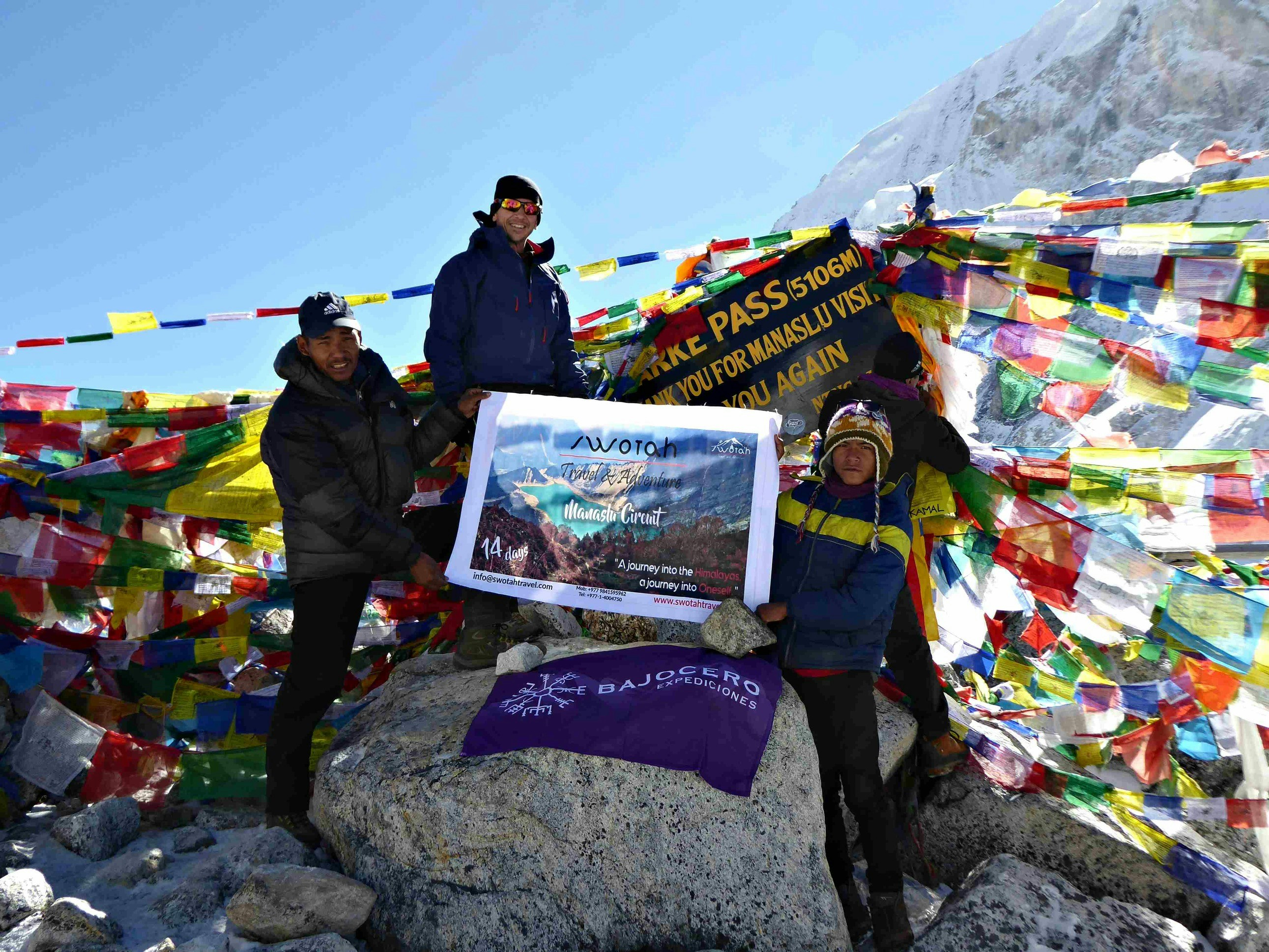Introduction to the Qinghai-Tibet Plateau
The Qinghai-Tibet Plateau, commonly referred to as the ‘Roof of the World’, is a vast and elevated region in Central Asia that plays a crucial role in the geographical and ecological framework of the continent. Spanning approximately 2.5 million square kilometers, it is the highest and largest plateau globally, with an average elevation exceeding 4,500 meters. This extreme altitude contributes to a unique climate, characterized by cold temperatures, strong winds, and significant variations in precipitation across the region. These climatic conditions have given rise to a distinct ecology, supporting a rich biodiversity that is not found elsewhere in the world.
The plateau serves as a vital watershed for several major rivers in Asia, including the Yangtze, Yellow, and Mekong rivers. These water bodies are essential for millions of people downstream, providing key resources for agriculture, industry, and drinking water. The Qinghai-Tibet Plateau acts as a critical water reservoir, where glaciers and permafrost store freshwater that gradually feeds the rivers. As such, it plays a fundamental role in climate regulation and water resources for surrounding regions, making it an area of great environmental importance.
<pmoreover, adaptations.="" adapted="" alpine="" also="" among="" an="" and="" animals="" antelope="" area's="" as="" biodiversity="" but="" communities,="" contributes="" cultural="" ecological="" endemic="" environment.="" fauna="" find="" flora="" for="" fosters="" harsh="" herbs="" heritage="" housing="" in="" incredible="" is="" its="" landscape,="" leopard="" like="" livelihoods.<pin a="" and="" as="" asia.
Observations of Expanding Lakes
Recent observations and scientific studies have indicated a significant expansion of lakes on the Qinghai-Tibet Plateau, a region known for its unique geography and delicate ecosystems. Researchers have employed various remote sensing techniques, utilizing satellite imagery and aerial surveys, to monitor the surface area of lakes over the last few decades. Data from these studies reveal a substantial increase in lake sizes, underscoring the impact of climate change on this high-altitude environment.
For instance, one of the most notable transformations has been observed in Lake Nam Co, which has seen its surface area expand significantly due to enhanced glacial melt and increased precipitation. Similarly, the growth of Lake Kokonor—one of the largest lakes in the region—has been documented, with recent measurements indicating a rise in water levels and an increase in surface area by nearly 20% since the early 2000s. These findings not only highlight changes in individual lakes but also suggest broader hydrological shifts across the plateau.
The methods of monitoring lake expansion have included the analysis of Landsat satellite data, which allows for continuous tracking of changes over time. This facilitates a comprehensive understanding of how glacial retreat and climate variability contribute to the hydrology of the region. In addition to physical measurements, ongoing field studies help assess the ecological implications of these transformations. The expanding lakes influence local ecosystems, altering fish populations and impacting the livelihoods of communities dependent on these water resources.
Moreover, as lakes continue to expand, there are potential risks of flooding and other environmental concerns. This phenomenon serves as a poignant reminder of climate change’s multifaceted effects on the delicate balance of the Qinghai-Tibet Plateau. Understanding these changes is crucial for developing effective strategies to protect both the natural environment and the communities that rely on it.
Climate Change Indicators and Impacts
The phenomenon of expanding lakes on the Qinghai-Tibet Plateau serves as a salient indicator of ongoing climate change. Rising temperatures in the region have contributed significantly to this transformation. Averaging a temperature rise of approximately 1.5 degrees Celsius during the last few decades, this increase has led to accelerated glacial melt in the Himalayas. The result is an influx of freshwater into previously stagnant bodies of water, leading to the expansion of these lakes. This glacial melt, fueled by climate warming, underscores the urgent nature of rising global temperatures and their local effects.
In addition to elevated temperatures, altered precipitation patterns are another critical factor contributing to the expansion of lakes. Changes in monsoon patterns and seasonal precipitation have resulted in both drought conditions and intensified rainfall in different parts of the plateau. These fluctuations can directly affect water levels in lakes, emphasizing the intricate link between climate dynamics and regional hydrology. As rain and snow patterns shift, the lakes may swell or recede, illustrating the direct impact of climate change on water resources.
The long-term implications of these climatic changes are profound. Biodiversity within the Qinghai-Tibet Plateau is under increased threat, as ecosystems adapt to the shifting water levels and altered habitats. Aquatic species, along with surrounding terrestrial life, may find it increasingly difficult to thrive amid these changes. Furthermore, the socio-economic consequences for local populations could be significant. Communities reliant on consistent water supplies for agriculture or livestock may face challenges as the stability of these resources is compromised. Consequently, addressing these climate-related changes will be crucial for sustainably managing water resources and protecting both biodiversity and local livelihoods.
Future Outlook and Conservation Efforts
The Qinghai-Tibet Plateau, characterized by its unique ecosystems and diverse wildlife, faces significant transformations as a result of climate change. The ongoing expansion of lakes in this region presents both challenges and opportunities for the future. If current trends of rising temperatures continue, experts predict that lake sizes will increase, leading to potential displacement of local communities and alterations in traditional livelihoods. This creates an urgent need for understanding the long-term scenarios for this pristine environment.
As the climate warms, snowmelt will likely become a critical factor influencing water levels in these lakes. Consequently, increased evaporation rates may lead to higher salinity in the waters, which could adversely affect the aquatic biodiversity. The changing hydrology of the region will also have repercussions for the grassland ecosystems, potentially diminishing the habitat quality for numerous species that thrive in this unique environment. Addressing these issues necessitates a comprehensive approach that integrates scientific research and policy-making.
In light of these challenges, various conservation efforts have been initiated to mitigate the impacts of climate change on the Qinghai-Tibet Plateau. Local governments and international organizations are collaborating on policies aimed at sustainable development, which encompass habitat conservation, biodiversity protection, and community engagement. Initiatives such as ecological restoration projects, reforestation, and proper water management are being implemented to enhance ecosystem resilience and support local livelihoods.
Researchers and conservationists advocate for an integrated management approach that prioritizes ecosystem health while considering the social dimensions related to climate adaptation. This includes enhancing the involvement of local communities in conservation strategies and promoting sustainable land-use practices. Moving forward, it is essential to bolster these conservation efforts, enhancing awareness about the impacts of climate change, and galvanizing stakeholder collaboration to secure a sustainable future for the Qinghai-Tibet Plateau and its inhabitants.

